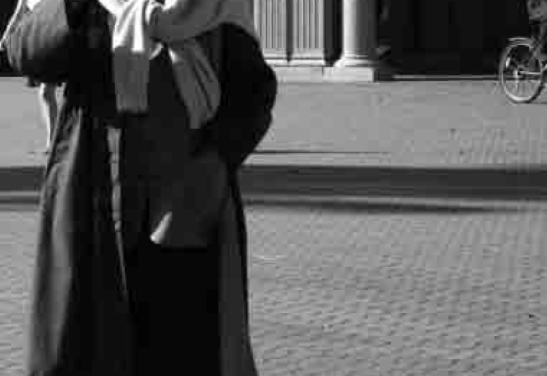Coconut Milk in Coca Cola Bottles
Common knowledge has it that virtually any movie, once removed from its original cultural context of production and reception, might be either misunderstood and misperceived or re-interpreted and re-signified. Likewise, we may agree that national cinemas seek to define, challenge….





















